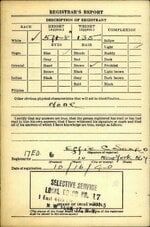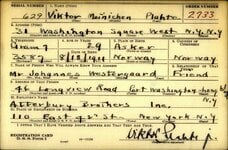JensPlahte
Airman
- 12
- Dec 26, 2024
Hi all. I am a complete newbie to this forum. I hope it's okay that I ask for assistance in interpreting an RAF Accident Card (MFC77) that was kindly sent to me by the RAF Museum. I also hope it's okay to upload the card itself. I have the following details in place already:
ID: LN 531
Aircraft: Vickers Wellington
Unit: Royal Air Force No. 16 Operational Training Unit RAF
Crash date: 11. Dec. 1943
Crash site: Little Rollright, Oxfordshire
The entire crew perished. One of them was my grandfather's brother. Hence my interest in the subject matter.
I have found some information at:
and
 www.chippingnortonroyalbritishlegion.com
www.chippingnortonroyalbritishlegion.com
I am hoping that some additional information could be gathered from the card. I would be grateful for any assistance that may be provided by members of the forum.
Kind regards, Jens Plahte, Oslo, Norway
ID: LN 531
Aircraft: Vickers Wellington
Unit: Royal Air Force No. 16 Operational Training Unit RAF
Crash date: 11. Dec. 1943
Crash site: Little Rollright, Oxfordshire
The entire crew perished. One of them was my grandfather's brother. Hence my interest in the subject matter.
I have found some information at:
and
chippingnortonroyalbritishlegion.com - chippingnortonroyalbritishlegion Resources and Information.
chippingnortonroyalbritishlegion.com is your first and best source for all of the information you’re looking for. From general topics to more of what you would expect to find here, chippingnortonroyalbritishlegion.com has it all. We hope you find what you are searching for!
 www.chippingnortonroyalbritishlegion.com
www.chippingnortonroyalbritishlegion.com
I am hoping that some additional information could be gathered from the card. I would be grateful for any assistance that may be provided by members of the forum.
Kind regards, Jens Plahte, Oslo, Norway



